This Doctor Once Went to a Village for a Health Camp. Today, She Is Transforming Lives There!
In May 2015, Seema Saadikha started an NGO named Namma Mitra Foundation, which focusses on community development and rural empowerment in villages in Karnataka.
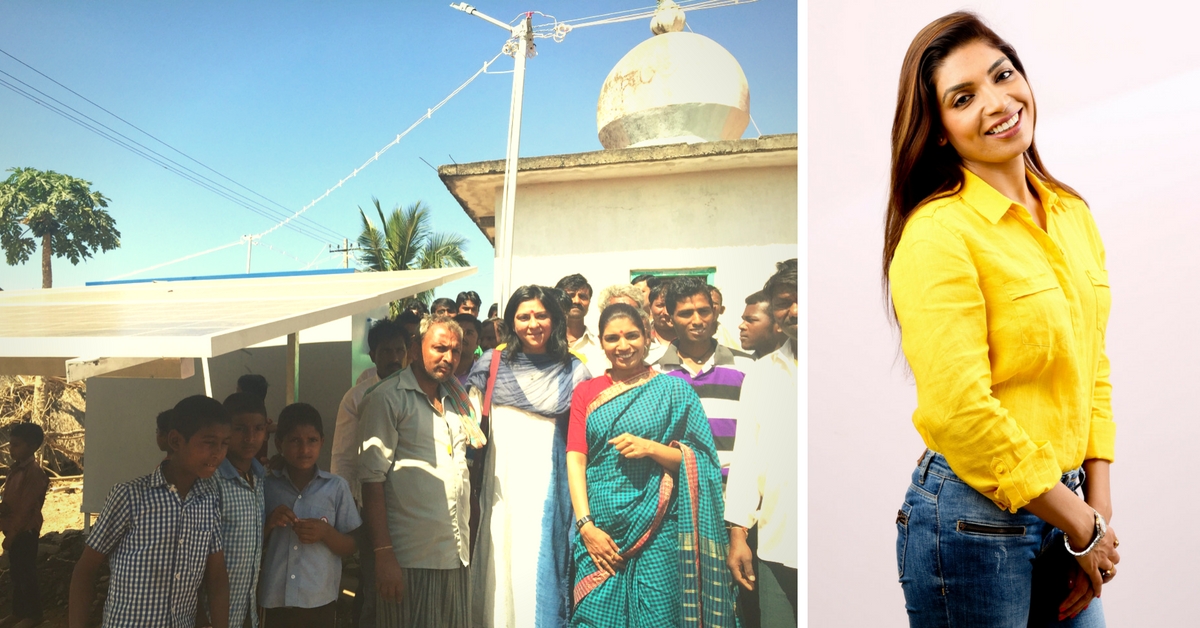
A doctor by profession, 36-year-old Seema Saadikha is a resident of Bengaluru. As a student of medicine, she used to be a part of many health camps organised in different villages and it was since then that she developed an interest in going out of her way to help people. In May 2015, she started an NGO named Namma Mitra Foundation, which focusses on community development and rural empowerment in villages in Karnataka.
They work on projects to address issues around health, hygiene, education, environment, employment, etc. The volunteers conduct surveys in different villages, find out what specific problems the villagers have to face, and come up with solutions for them.
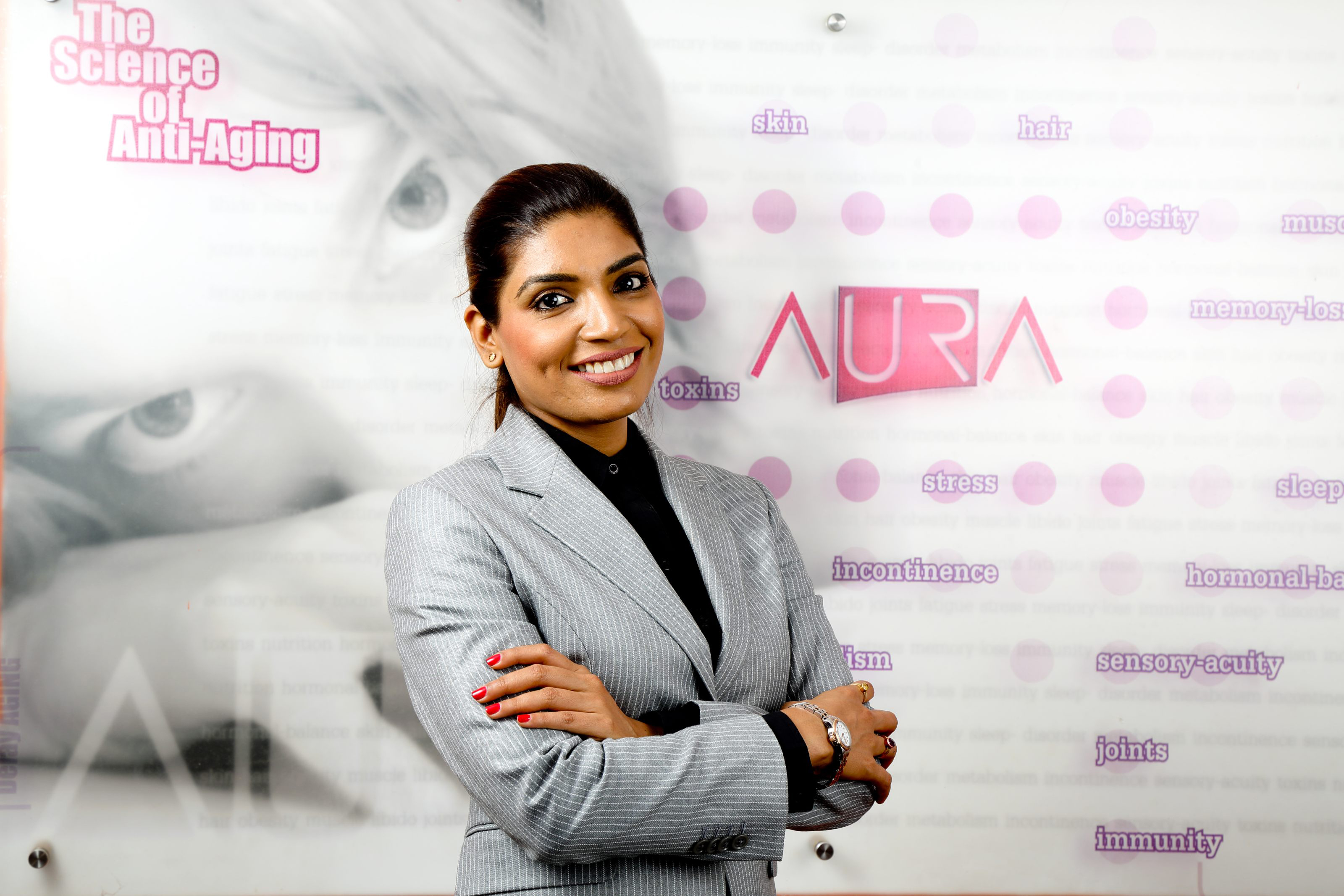
Dr. Seema was conducting medical camps in villages of North Karnataka when some woman came up to her and said, “You come once in six months, you do this camp for three months and once we are diagnosed, you give us treatment. But in between this time, we have nowhere to go.” When Seema asked them if they had a solution in mind, the first thing that the women said was that when they are self-dependent and are able to make their own money, they can afford healthcare services without the need for health camps. “We don’t have proper jobs. And that is the reason why we are not able to afford healthcare.”
It was then that Dr. Seema decided to look into matters other than health and solve issues that villagers are concerned about. Banadur village located in Dharwad District of Karnataka was the first village she started working in. And this was against the advice of many who told her that the villagers there are not united when it comes to taking decisions on every day affairs. There were some religion-based conflicts and each individual had a different set of ideas that he/she wanted to work with.
It was difficult to bring them on same the page in any discussion. After a lot of surveys and research, Seema came to the conclusion that the best way to bring the villagers together and work on solving their problems would be through children.
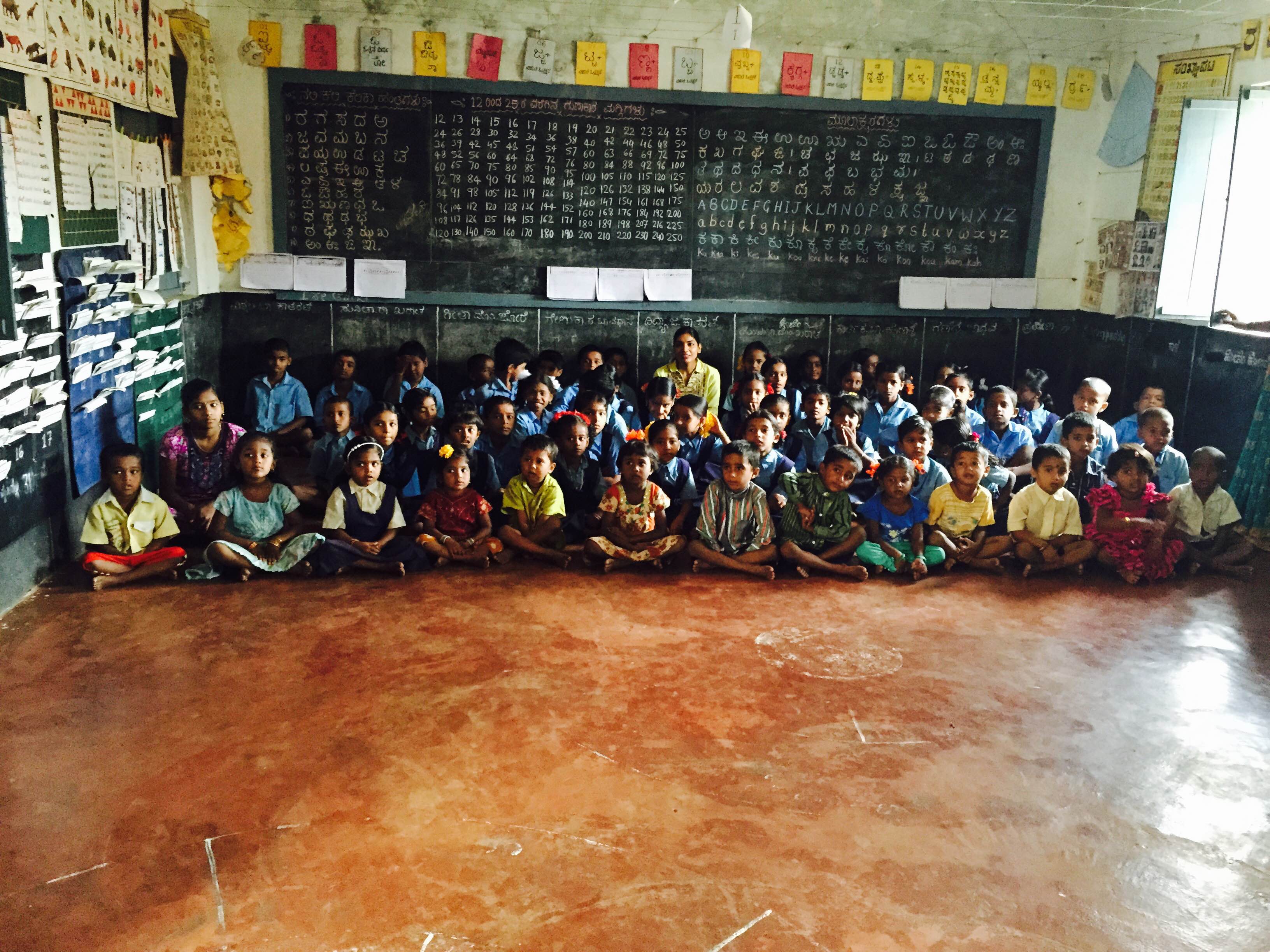
Together with her volunteers, she started working with the children – understanding the kind of problems they were facing and where they needed help. “We found that the children were intelligent but many of them had to drop out from schools or they were not able to score good marks. And the reason behind this, they said, was the lack of electricity. It used to be dark by the time they returned from schools, and could not study anything after reaching home,” says Seema.
To help them study better, Namma Mitra Foundation installed a mini solar-grid in the village, which now provides electricity to 70 houses, and powers street lights.
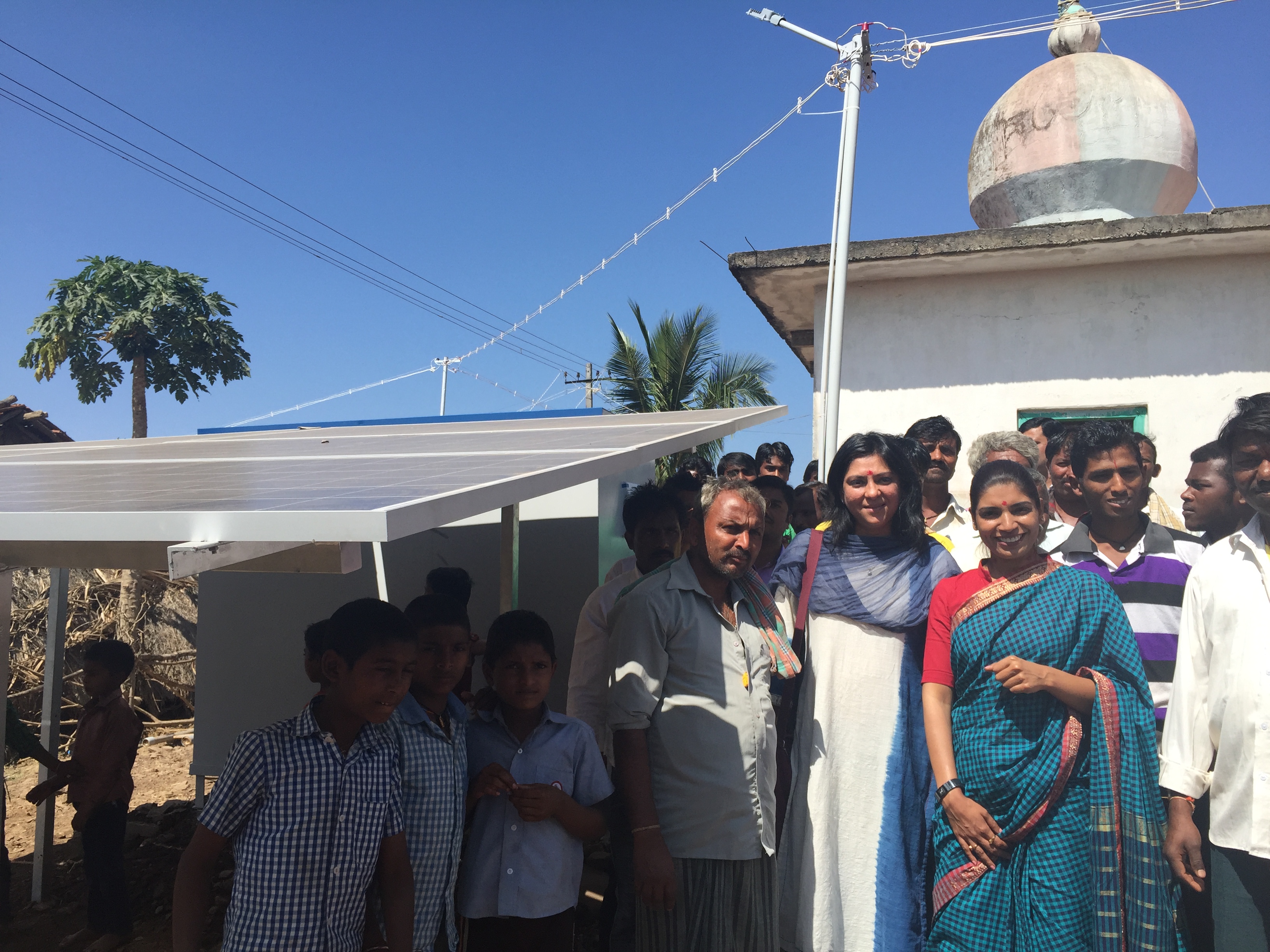
With electricity in the village, children are now able to study after sunset, and people are able to commute as well, which was not possible earlier because of the fear of wild animals coming to the village in the dark.
Other than this, the students also wanted to take tuition classes to get additional help with a few topics that they couldn’t understand well at school. But no teacher was willing to go into the village and teach. So Dr. Seema came up with the idea of something called an E-Shala. It is basically a smart classroom system that helps students gain access to audio-visual content. E-Shala is setup inside an Anganwadi centre and all children from the village are free to come in, sit together, study, discuss their ideas, and more. The content, which is the form of animations, live-experiments, etc. is fed into a software and is played for the students to watch and learn using a projector. The recordings are of topic-wise explanations for all subjects that kids of Classes 6-10 study. E-Shala is open from 6:00 pm to 10:00 pm daily. A young man from the village, who is himself a college student, has been made in charge of E-Shala. The recordings are in Kannada and English and the content has been designed according to the school-curriculum. The best part is that E-Shala is also powered by solar energy, so students can come to study here even when there is no electricity. “The confidence levels of the kids have now improved and their marks are also improving. Currently, 30-40 kids come in every day,” says Seema.
Namma Mitra works with a lot of involvement from the community itself. For example, one person has been employed to look after the solar grid and maintain it.
Every month, the organization collects Rs. 20 from the each house and that money is used for the maintenance of the grid and to pay a salary to the caretaker. This way, they provide jobs to the villagers as well.
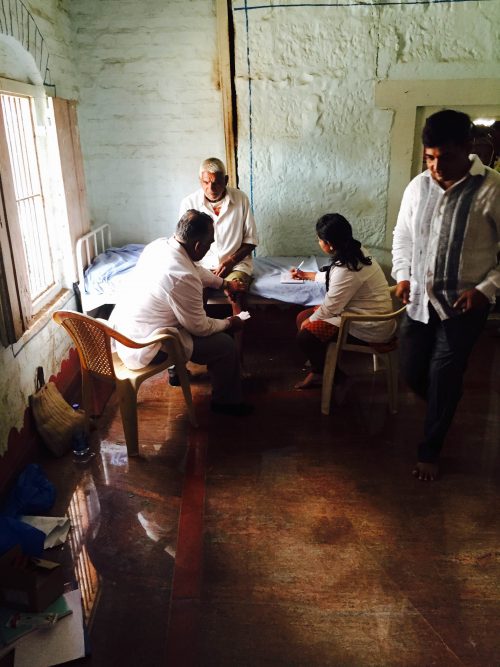
During her surveys, Dr. Seema came across two guys in the village who are suffering from muscular atrophy. They can’t move at all, and need someone’s help even to go to the toilet. Sad about their condition, they would never share their problems with Seems. This was before she noticed that they used to repair radios and were fascinated by the working of mobile phones. They loved to open them up, understand how they work, how they can be repaired, etc. She organized a vocational training course on repairing mobile phones and six people in the village joined. The duo now has a repair shop. They have taken this as a challenge and are earning their livelihood doing something they love.
In addition to these, Namma Mitra has also started a tailoring training centre for men and women and is currently working on setting up a computer lab in the village school.
They are expanding and taking the same projects to Kukrewada and other villages. Other than training villagers and employing them, Seema has a team of volunteers helping her run the NGO activities.

“I am mostly in the village. We now have a kind of bond because even for the smallest problems they call me; they invite me for any function in their house and I have to be there,” smiles Dr. Seema.
You can help Seema by contributing money or donating computer systems here.
Like this story? Or have something to share? Write to us: [email protected], or connect with us on Facebook and Twitter (@thebetterindia).
If you found our stories insightful, informative, or even just enjoyable, we invite you to consider making a voluntary payment to support the work we do at The Better India. Your contribution helps us continue producing quality content that educates, inspires, and drives positive change.
Choose one of the payment options below for your contribution-
By paying for the stories you value, you directly contribute to sustaining our efforts focused on making a difference in the world. Together, let's ensure that impactful stories continue to be told and shared, enriching lives and communities alike.
Thank you for your support. Here are some frequently asked questions you might find helpful to know why you are contributing?


This story made me
-
97
-
121
-
89
-
167














